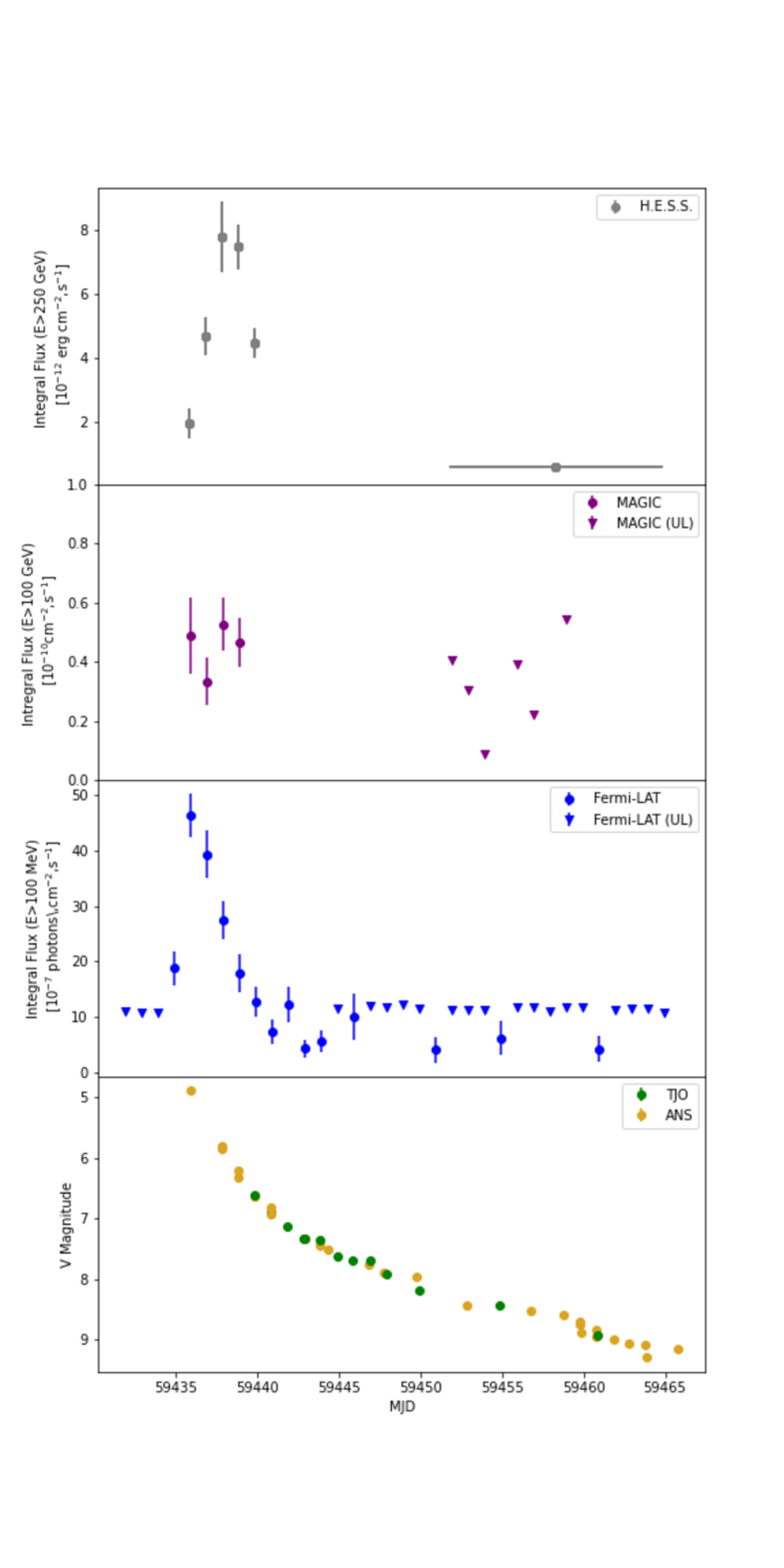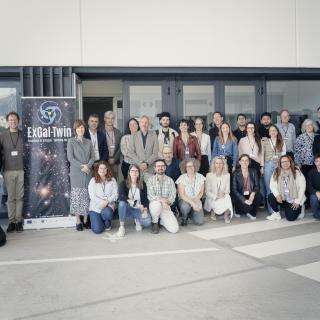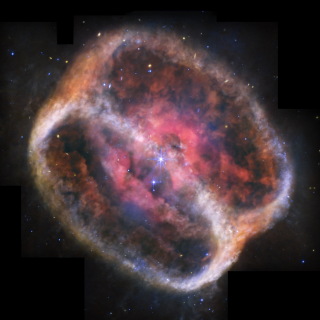The development of the latest generation of Imaging Atmospheric Cherenkov Telescopes (IACTs) over recent decades has led to the discovery of new extreme astrophysical phenomena in the very-high-energy (VHE, E > 100 GeV) gamma-ray regime. Time-domain and multi-messenger astronomy are inevitably connected to the physics of transient VHE emitters, which show unexpected (and mostly unpredictable) flaring or exploding episodes at different timescales. These transients often share the physical processes responsible for the production of the gamma-ray emission, through cosmic-ray acceleration, magnetic reconnection, jet production and/or outflows, and shocks interactions. In this review, we present an up-to-date overview of the VHE transients field, spanning from novae to supernovae, neutrino counterparts or fast radio bursts, among others, and we outline the expectations for future facilities.
Advertised on
Authors
Alessandro Carosi
Alicia
López Oramas
References



